The proportion of COVID-19 patients of common type who developed pneumonia is about 8 percent of the total, Jiao Yahui, an official from the National Health Commission (NHC), said on Sunday in response to the public's concerns about the number of pneumonia cases around them, noting that the vast majority of the cases with pneumonia can be treated and cured after timely treatment and intervention.
China has downgraded the management of COVID-19 from Class A to Class B starting from Sunday. In terms of the overall situation of the COVID-19 epidemic across China, Jiao, director of the Medical Administration Bureau of the NHC, said to CCTV News that the number of outpatient visits to fever clinics nationwide has entered a stage of rapid increase since December of 2022, and the number of emergency cases reached a peak between late December of 2022 and January 1, 2023, alongside a surge in critical cases.
Some major cities such as municipalities and capitals of provinces are experiencing or have experienced the peak of infection, officials said. The visits to the emergency departments of hospitals have shown a sign of declining, whereas the treatment on severe cases is still at a high plateau, Jiao said.
Ahead of the Spring Festival travel rush, or chunyun, infections have also peaked in small- and medium-sized cities and rural areas. These places will also see spikes in emergency visits to and severe cases at hospitals, according to Jiao.
In terms of the number and proportion of pneumonia cases caused by COVID-19, Jiao said that mild cases may have symptoms such as fever, cough and sore throat but show no sign of pneumonia. According to the classification of Omicron cases in 2022, the prevalence of pneumonia in the patients of common type is relatively low, about 8 percent, Jiao noted.
"However, as the infection base increases, so does the absolute number of pneumonia cases. Since China has a population of 1.4 billion, even with a low proportion of infections, the absolute number will not be small at all. In general, the proportion of cases with pneumonia among patients visiting fever clinics is quite low," Jiao said.
Since China's population mainly live in big cities with large population and high population density, if these municipalities, capital cities and major cities have passed the peak of the infection, Jiao said the peak of infections will not necessarily occur in middle and small cities or rural areas during the Spring Festival travel rush. But peaks of patients visiting emergency departments and critical cases at hospitals may peak during the period in these areas.
Thus, Jiao noted that the medical treatment on severe cases in rural areas will face greater challenges during the Spring Festival.
The utilization rate of intensive care unit beds in second-tier hospitals and above has reached 80 percent at present from about 54 percent in of December 25, 2022, according to Jiao, who noted that the country is facing an unprecedented challenge in the task of medical treatment for COVID-19 infections.
In regards with the upcoming personnel flow during the Spring Festival travel rush, Jiao said a bigger test lies in the treatment on severe cases in the rural areas.
"The first aid system in rural areas is relatively weak, and there is a relative shortage of medical resources, including personnel and medicines. One of the biggest challenges is whether critically ill patients in rural areas can be transferred in time," Jiao said.
Speaking of the changes in epidemic prevention and control during the past three years, Jiao said that big changes have occurred from all perspectives in terms of the system, capability, personnel and the coping mentality.
"In terms of the clinical treatment, although people feel that there are many cases with pneumonia now, the impact of the pneumonia is not the same as that three years ago. Now the vast majority of the cases with pneumonia can be treated and cured after timely treatment and intervention," Jiao said.
Besides, Jiao said the people affected are different. "In Wuhan three years ago, the affected people were mainly young and middle-aged people. Now, the affected people are more vulnerable groups such as the elderly with underlying diseases, especially those who have not been vaccinated," Jiao said, noting that the dawn of victory is just ahead.
The Spring Festival travel rush this year officially kicked off on Saturday. The NHC called for enhanced epidemic prevention and medical treatment in rural areas during a Saturday press briefing given that many areas are dealing with insufficient medical resources and large populations.
"Early management" is a major part of our rural and grassroots epidemic prevention and control work, including early identification of infection and those with severe illness and early intervention by providing necessary oxygen-related equipment and adequate treatment, Nie Chunlei, director of the Grassroots Healthcare Department of the NHC, told the press conference.
The State Council's joint prevention and control mechanism also has established a daily dispatching system by ensuring supplies, especially prioritizing the medical supplies to rural areas and use both traditional Chinese medicine and Western medicine.












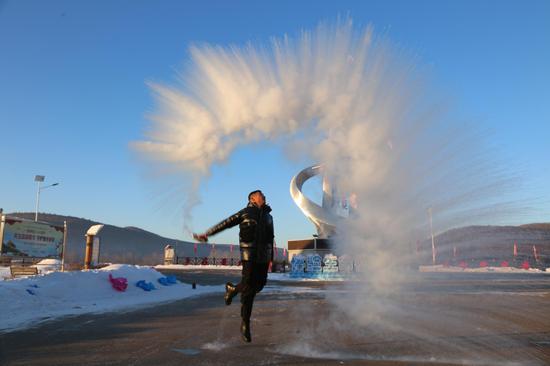
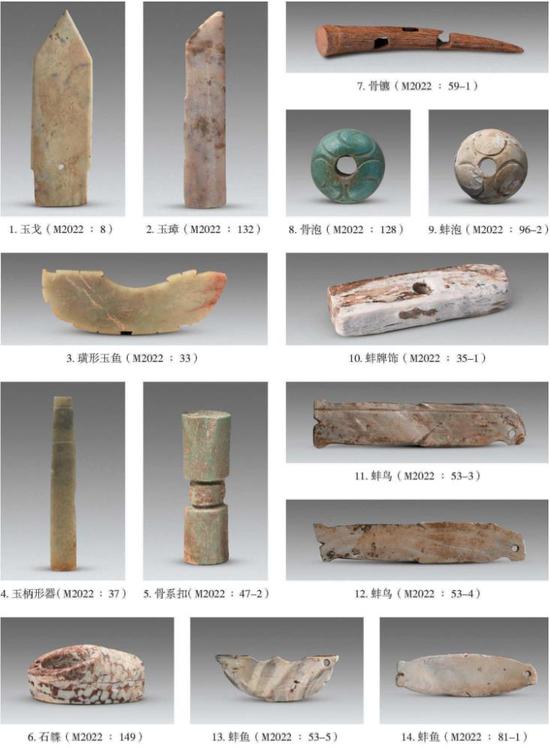


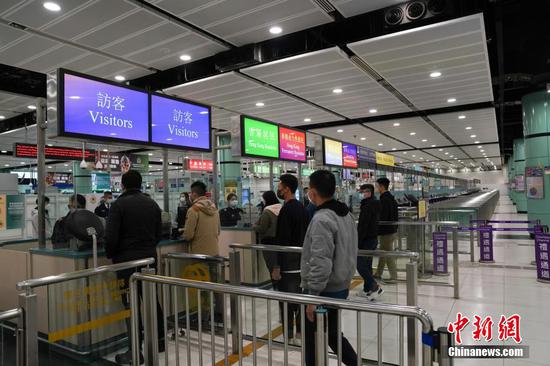
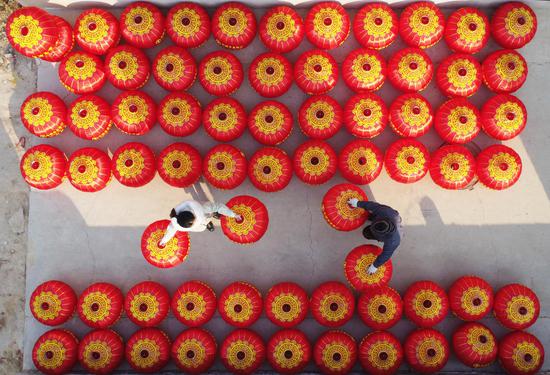
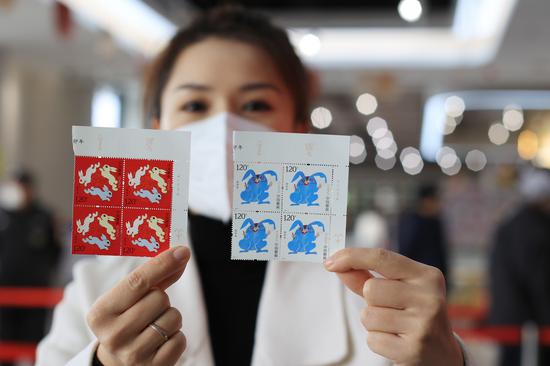
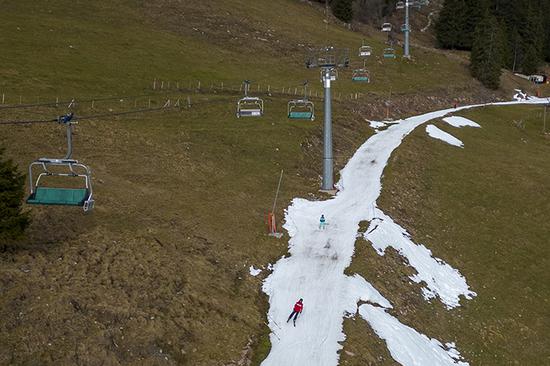







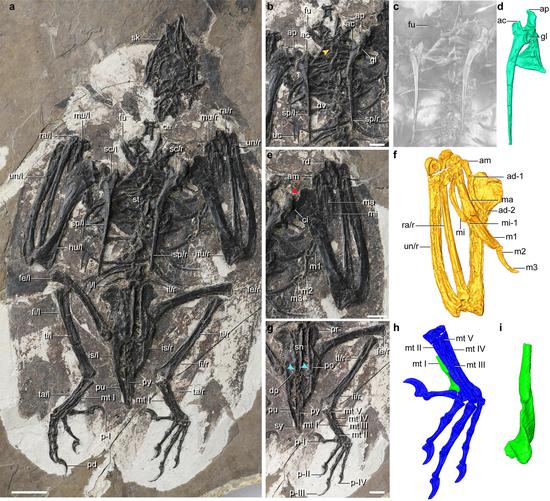





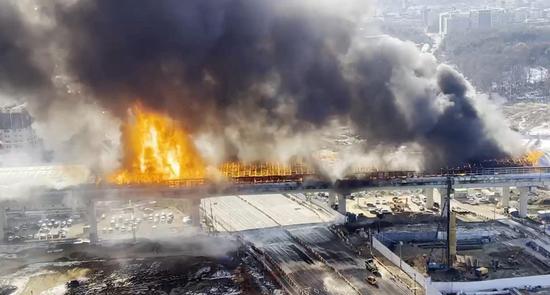





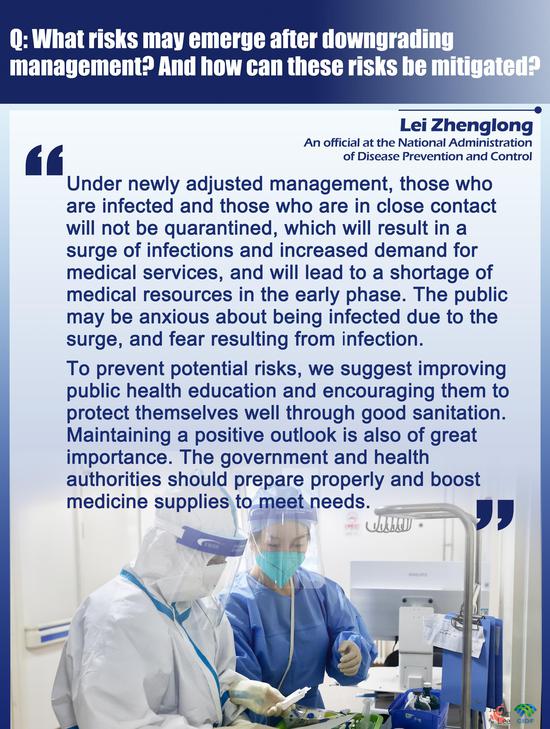
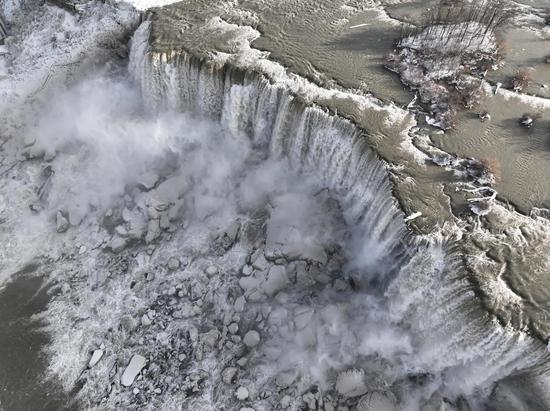
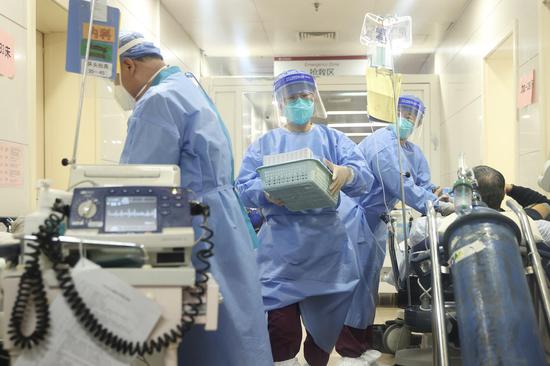
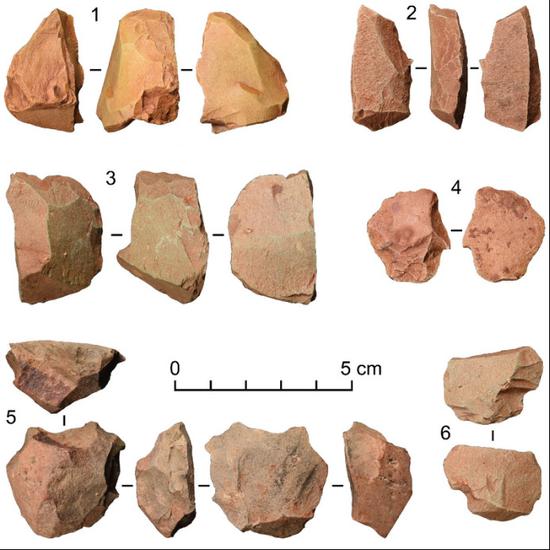







 京公网安备 11010202009201号
京公网安备 11010202009201号